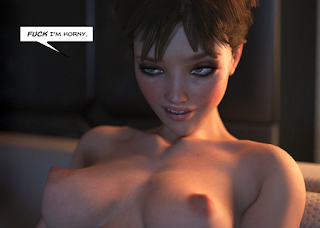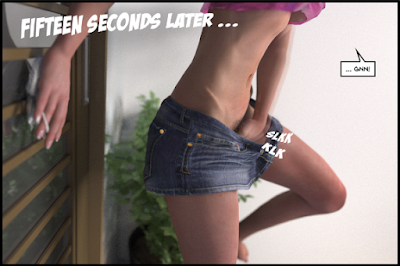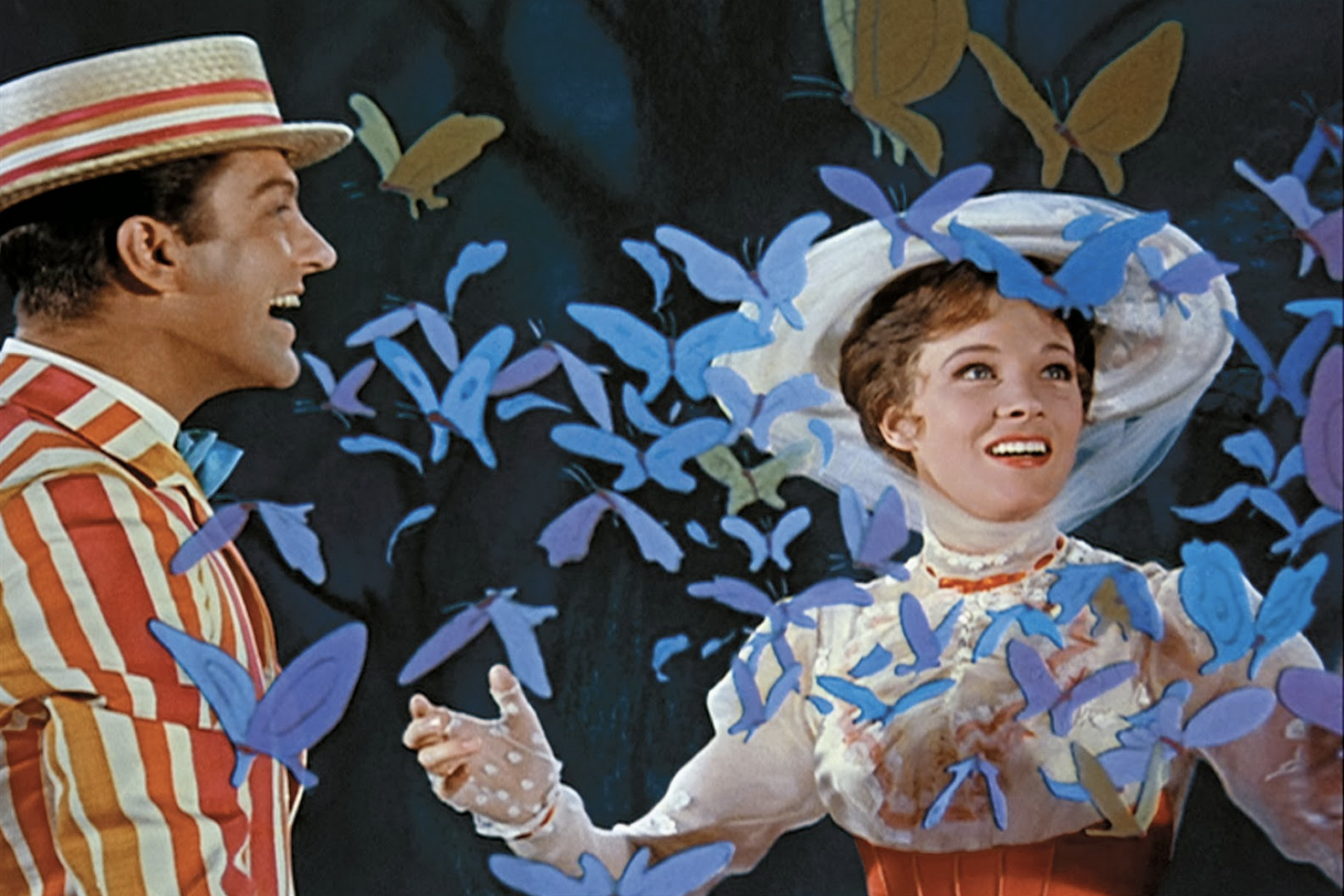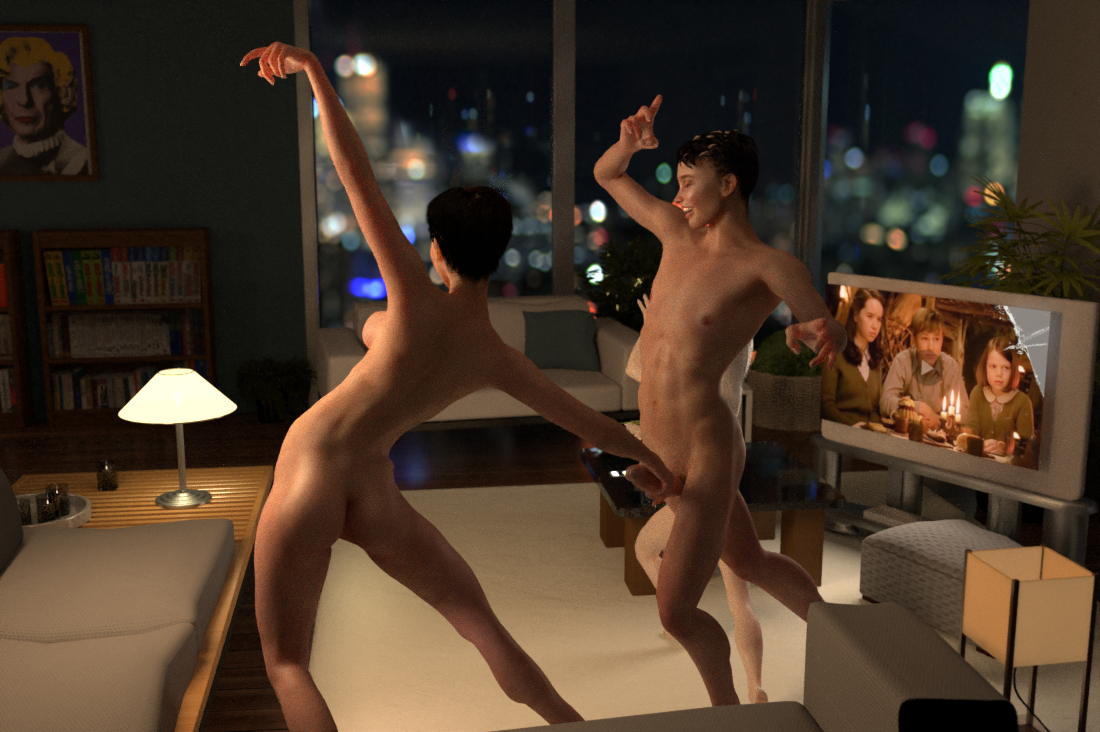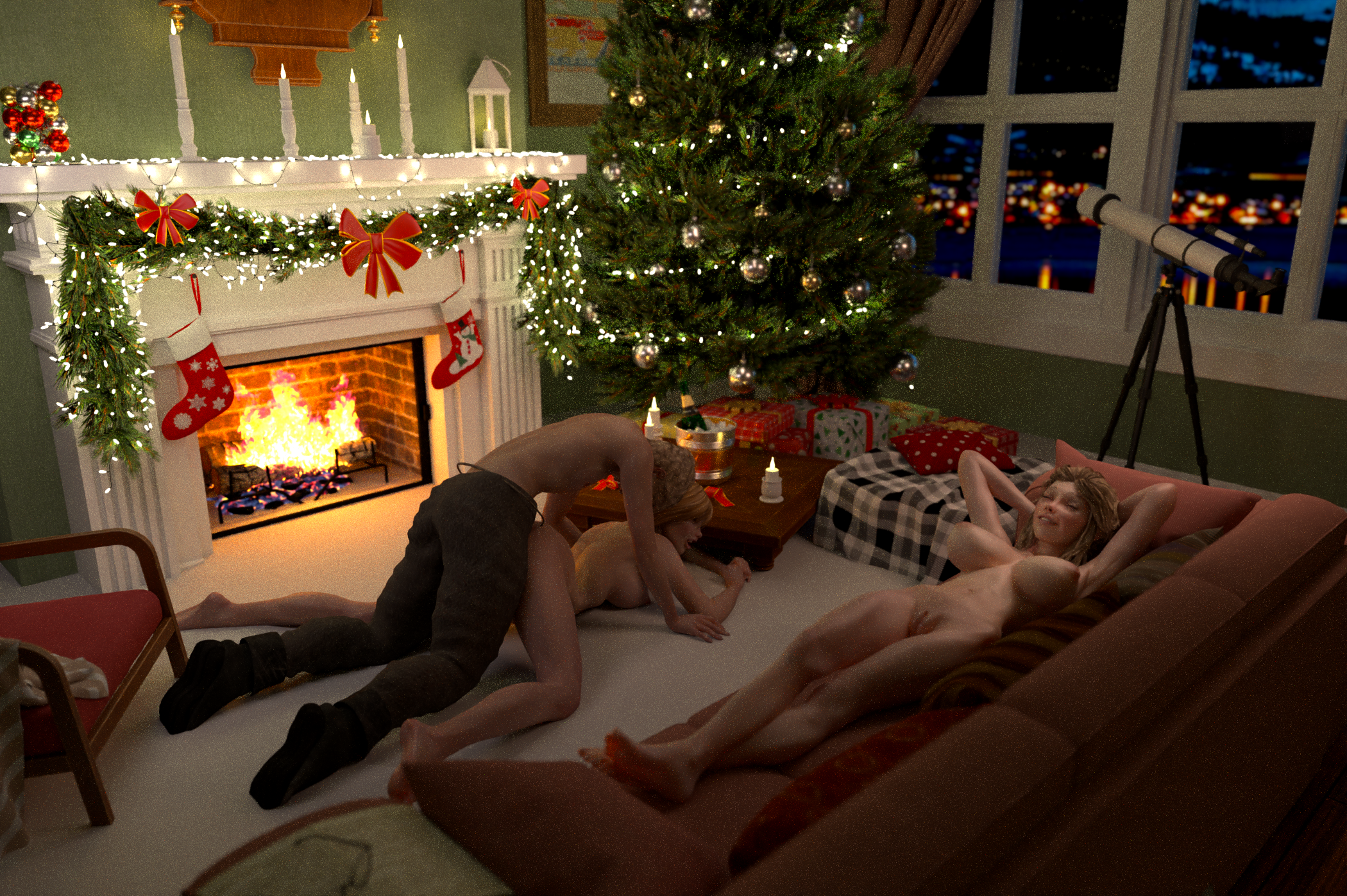Disqus (the awful comment system) deleted a huge, massive comment from a fan a few months back, and I only just noticed. So that all of Domdate’s hard work typing this comment out doesn’t go unnoticed, I am going to reproduce it here in this blog post. Note this comment came before my post about how to do 3D graphics.
Question: How do you make comics from scratch?
Domdate’s answer:
I hope you or Sindy won’t mind my jumping in – but this question requires a pretty big answer, so I thought I’d try and save Sindy some keystrokes in a rather full schedule. Sindy is quite welcome to tell me shaddup if I’ve overstepped. [Note from Sindy: certainly not old bean, fire away! :)]
Sindy and I both use software available through Renderosity.com called ‘Poser’. It is a 3D manipulation program which relies on pre-existing models and sports a unique workflow which accommodates beginners – but has some real power behind it when you’re ready to step up your game. It is best suited to single renders and full scene animations. It has some exporting options to other platforms, but they can be quirky. Rendering is the process of converting 3D data to a finished image. Poser includes two different internal render options, or you can use an external rendering engine. I use LuxRender, and Reality 4 as it’s bridge host (both are free).
Poser is a little bit pricey. There is a free option: Daz3D Studio (Available in the Daz3D Store – not at Renderosity). It is a lot more clunky, but it supports many of the same models as Poser, which means that, should you decide to start with D3DS, some of your assets will also be supported by Poser should you decide to switch. Daz started off as a company which created model content for Poser, then later created it’s own graphics software and thereafter took their models in new directions which work well with their new 3D software. So, any models offered prior to the creation of their 3D graphics software work in both apps, but support of Poser content has basically come to end with newer iterations of Daz3D Studio.
The thing to keep in mind is that Daz3D Studio exists primarily to entice you to buy from their ever-growing line of models available in their online store. So emphasis is on ever increasing sales. The emphasis with Poser has always been on the software and the workflow.
Next you will need some models to place in your scenes.
If you opt for Daz3D studio, you have some bare-bones free human models at your disposal, but they require an additional download. These are very limited, and will not be very conducive to telling a great story, which means you will also be purchasing model upgrades.
Poser comes with a little over 10 gig of included model content (including environments). These models are quite usable, but the human figures don’t handle extreme joint folds well.
In my own experience, it’s best to purchase human models. There are other free options available, each with their own pluses and minuses, but interactive content such as clothing is severely limited.
The best models I can personally recommend are “Michael 4” and “Victoria 4”, both produced by Daz3D. These models work in both Poser and Daz3D Studio, without additional considerations. More importantly they have a massive amount of content available to them ranging from wearable items, to content that changes their appearance. Much can be found for free online. There are dozens of sites which offer free content. You will also be able to locate free scenes, scene objects etc. at these sites.
Now, if you want to get properly naughty, you’ll want to visit Renderotica.com. It has everything from exciting possibilities in genitalia to BDSM gear.
This is your starting point. Before dropping cash, be certain that your computer specs meet your needs. I recommend a system with many cores, as that is where the rendering process happens and the number of cores you have will determine render times.
Search at the software sites and online for tutorials.
After you have your images rendered, you need to assemble them into a comic format. You can use an image manipulation program such as Photoshop for this (steep learning curve), or try a dedicated software such as Comic Life 3.
Understand that this will not happen overnight. Expect a year of fiddling before obtaining a solid rewarding output. You will need to view many tutorials.
You will also have lots of fun. 🙂
OK back to me (Sindy): You can see why I took the time to reproduce Dom’s comment above, it’s a huge and comprehensive info dump and goes well with what I said about 3D in part one.
Only thing I’d add to this whole thing, which I forgot to mention before, is: I found an amazing morph for V4 called SASHA-16, which includes the much better genital and limb pose ability stuff. And without Blackhearted’s GND4, the default V4 model looks like a chewed toffee, but apart from that it’s all good!
Finally, if you got here from Google and are just looking for 3D advice, please read the FULL part one, because it includes some important questions around how playing with 3D can affect you personally as a human being. So please start there.


